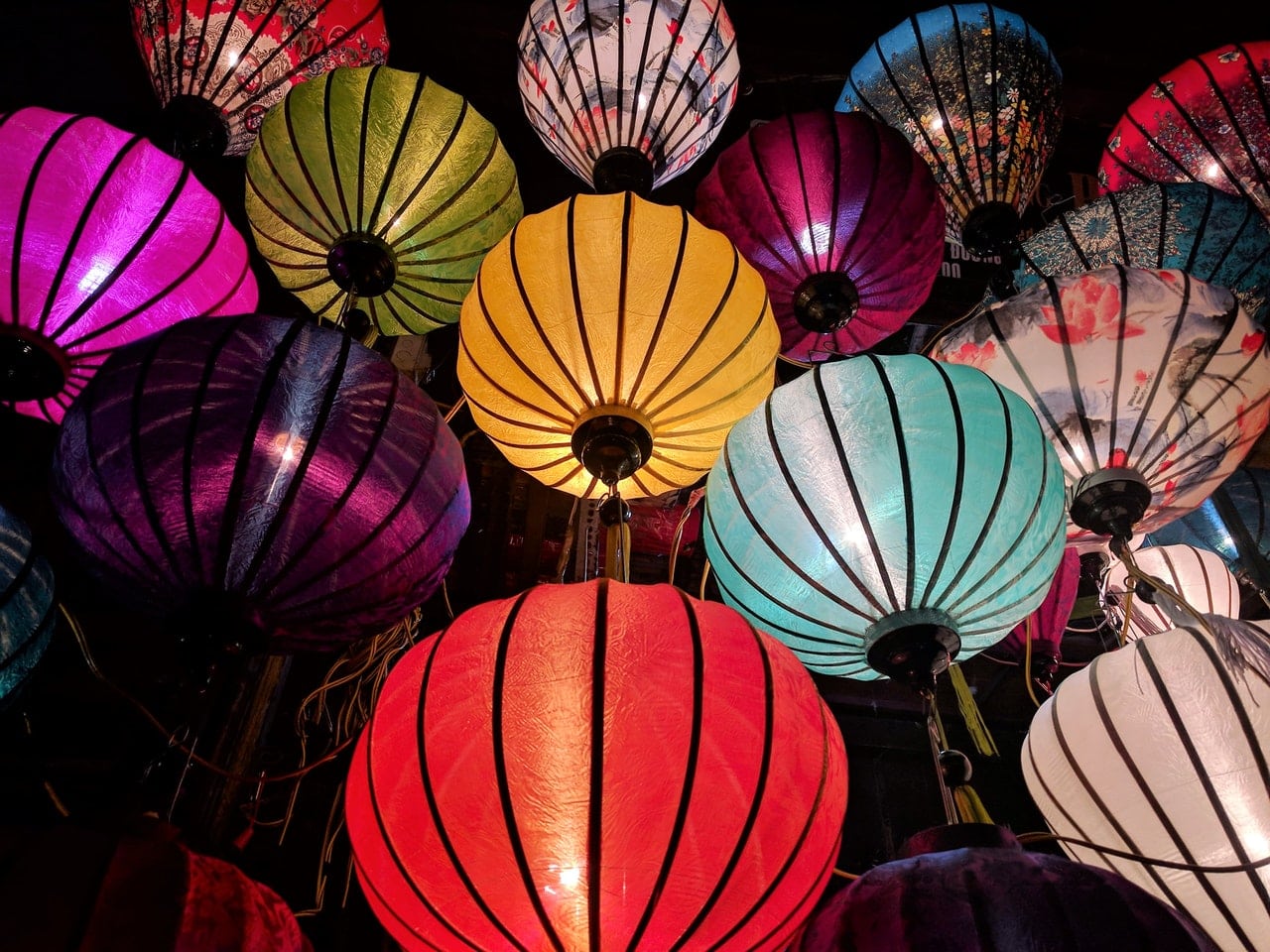Just as the holiday season in the West comes to an end, preparations – and shopping – for Chinese New Year begins to pick up in the East. The 2018 Chinese New Year – the Year of the Dog – begins on Feb 16. That’s nineteen days later than Chinese New Year 2017, which started on January 28.
Chinese New Year celebrations last for around two weeks, during which many businesses close for a few days as people enjoy street parties and spend time with family and friends.
To learn more about how shoppers in get ready for the festivities, we dug into our data across Southeast Asia. Here’s what we saw:
New Year, New Look
In the weeks leading up to Chinese New Year, shoppers purchasing across several categories in preparation for the Lunar New Year, with strong sales uplift in average daily sales across fashion (71%), food and groceries (101%), and health and beauty (56%).
Many sales happen on mobile devices, especially in-app. Our data revealed that retail apps see greater uplift in sales than mobile web. In Singapore and Vietnam, sales uplift in the fashion sub vertical were 29% and 99% higher in-app than on mobile web, respectively.
Criteo data from 2017 show a 35% uplift overall in daily online retail sales across Southeast Asia around two or three weeks before Chinese New Year, meaning marketers should start their campaigns 3-4 weeks before CNY to win new customers and maximize sales.
The Lunar Travel Bug
People are also shopping for experiences. Travel sales pick up 2-3 weeks before Chinese New Year and even more so in the weeks after, especially for certain countries in the region.
Three weeks before Chinese New Year shows an average increase of 33% in travel sales in Hong Kong, Taiwan, and Singapore. But a larger uplift occurs after Chinese New Year across the region, when Vietnam and Hong Kong see a 75% and 70% increase in daily online travel sales, respectively.
Lucky Red Envelopes = Post CNY Sales
Chinese New Year has a long tail, significantly impacting regional sales before and after the holiday across Asia. This is a big opportunity for marketers in the region. By planning promotions two or three weeks ahead of the Chinese New Year and promoting for the next three or four weeks afterwards, it’s possible to optimize both retail sales and travel bookings.





















